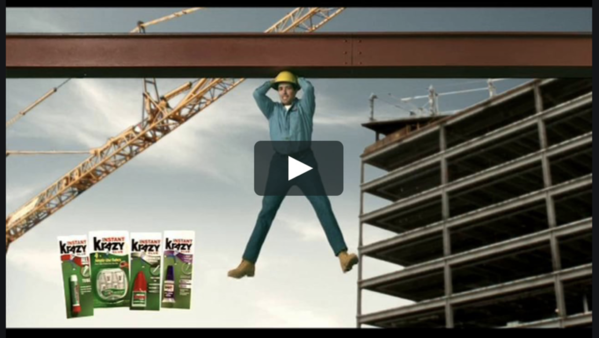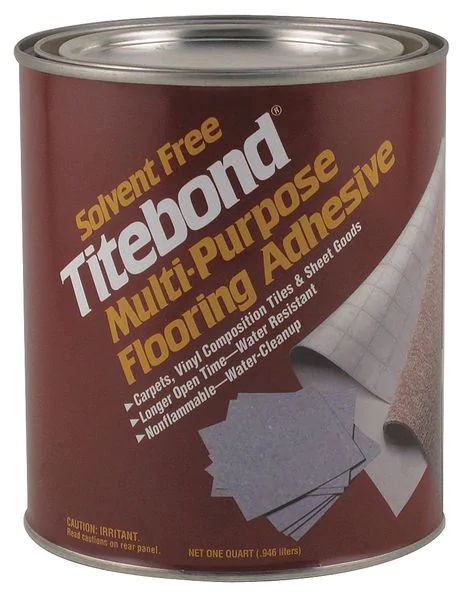As title says, I'm looking for ideas on what can be used as a spreadable adhesive. Doesn't matter whether its original purpose was intended to act as an adhesive or not. Just looking for something that can be spread over a decent size area and when hardened/cured will hold in place whatever is applied to it. Important to note that the surface area is vertical, so anything runny/goopy will probably not work. And the material being applied to it will be very lightweight, we're talking a few ounces. Nothing heavy.
Let's for sake of discussion not use anything that comes in a squeeze tube, or is used with a caulk gun. Not looking to apply a fine bead of glue. (I'm starting to experience a lot of hand problems and the prospect of squeezing tube after tube over a 10 or 12 foot square area -- a hard-to-reach area where I'll have to kneel and not be able to apply much leverage -- does not sound too appealing!). Want to spread with a trowel or putty knife if possible. Something that spreads like peanut butter would be great! LOL. In the past when I've needed to stick something lightweight to an incline I've relied a lot on Sculptamold. You can mix it fairly thick so it will stay in place when you apply it to a hillside or drop and then you can apply your scenery items. This time however the surface is basically vertical, so that won't do.
I'd be interested to learn what others have used for applications like this. I'll admit, these Flex Seal commercials are intriguing (hey, if Phil Swift can build a boat out of Flex Seal and popsicle sticks! haha) and I wonder about using Flex Paste as an adhesive. I also am considering stuff like DAP Alex Plus spackling paste or Bondo High Bond Filler. Again, I'm not looking to duplicate this! ![]() Just need to secure lightweight material to a vertical surface.
Just need to secure lightweight material to a vertical surface.
Have you had any particular success with something spreadable that doubles as an adhesive? Thanks in advance for any of your insights.








